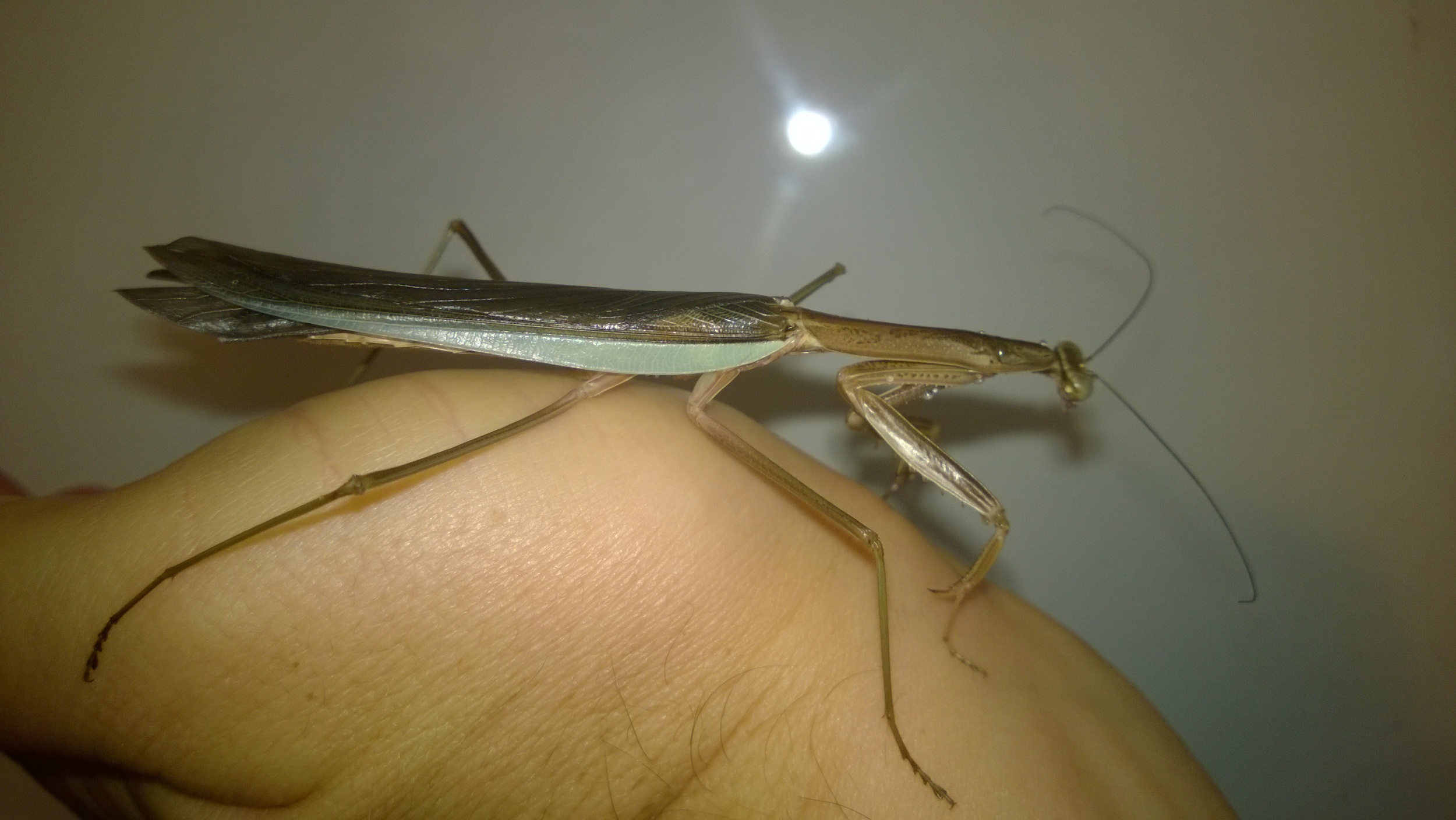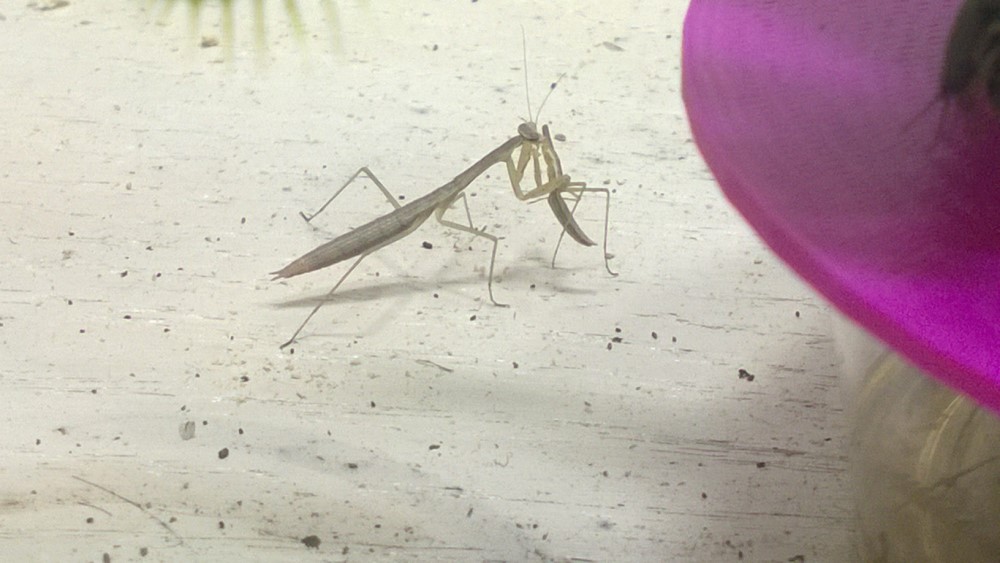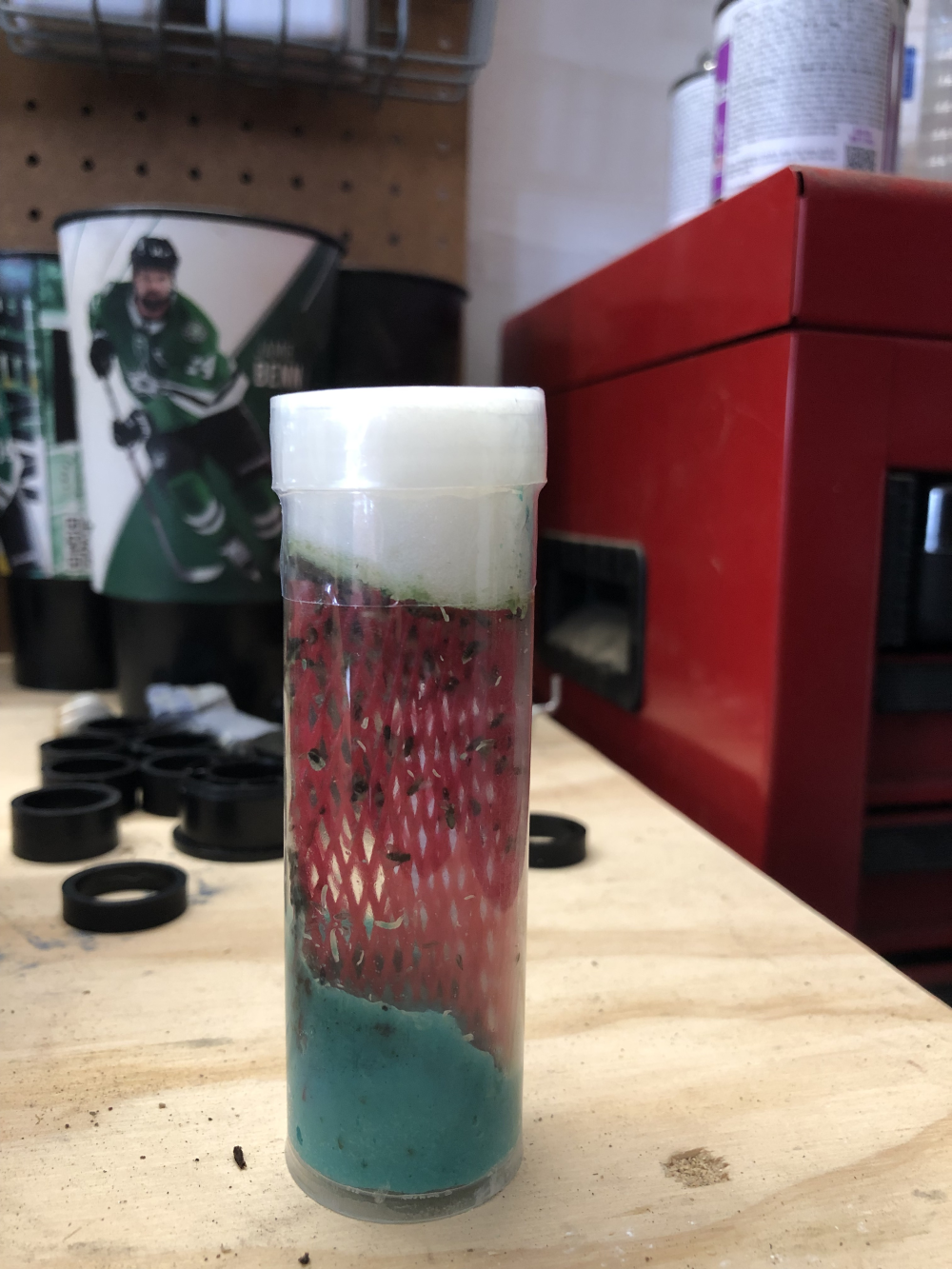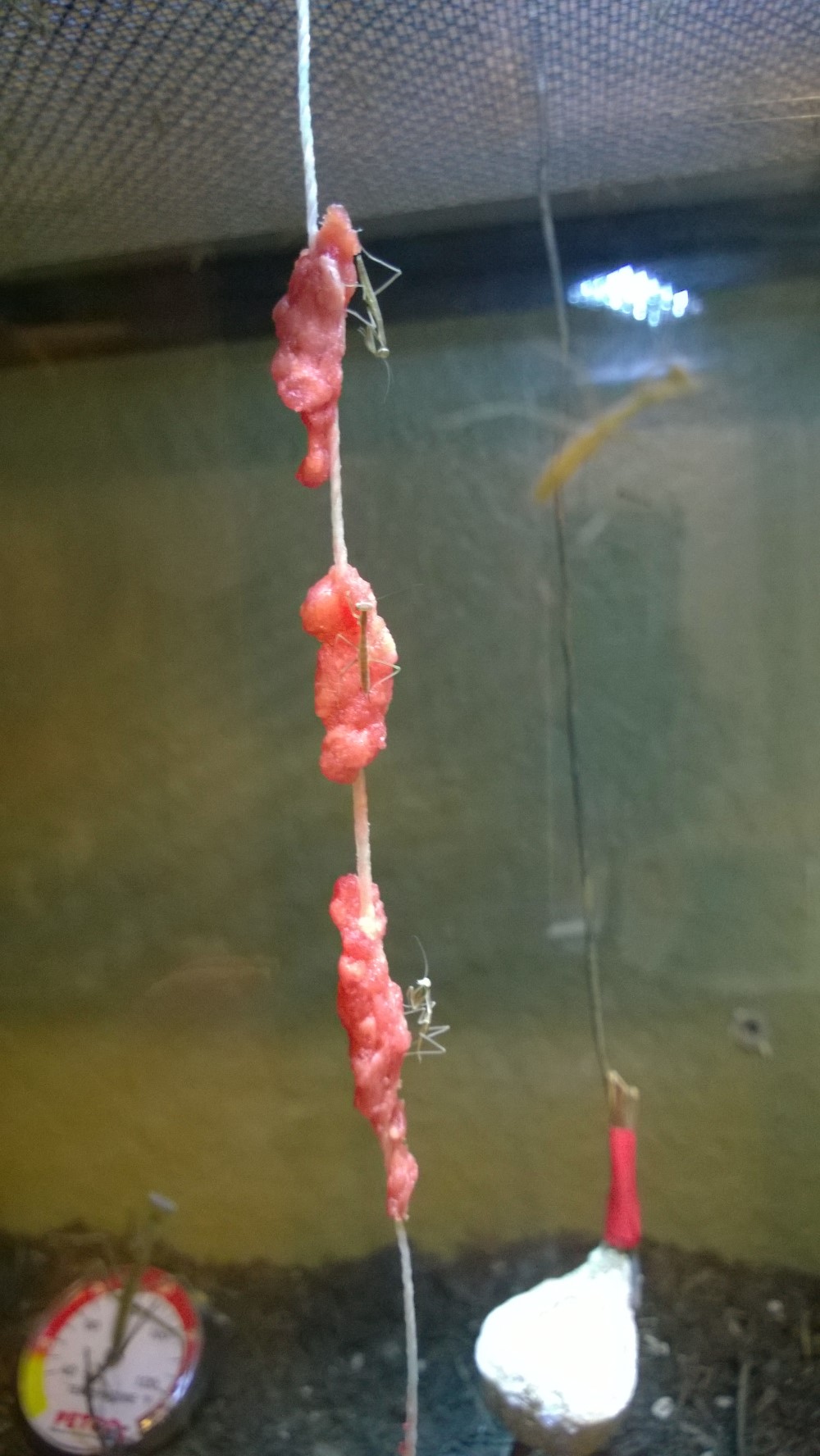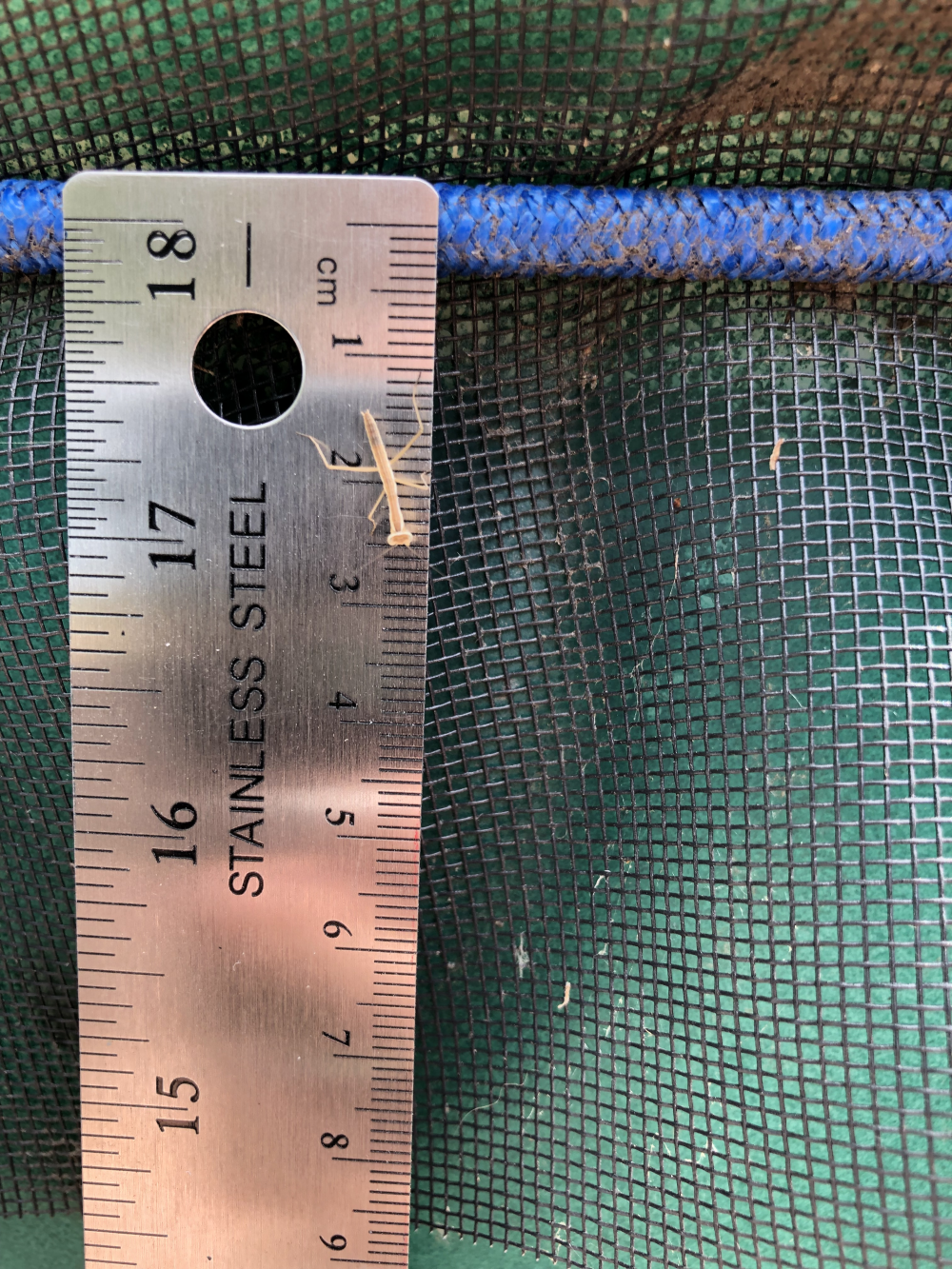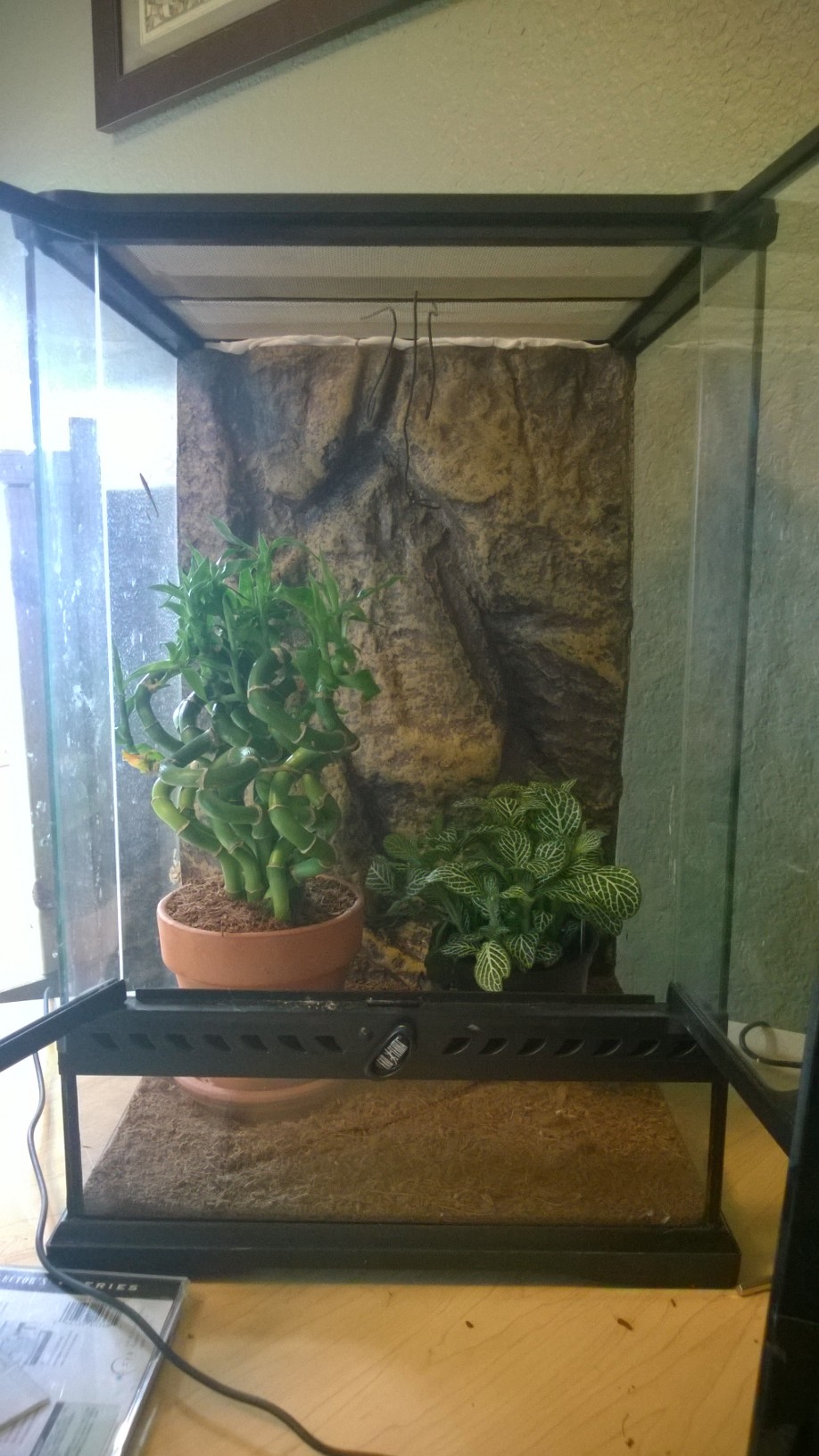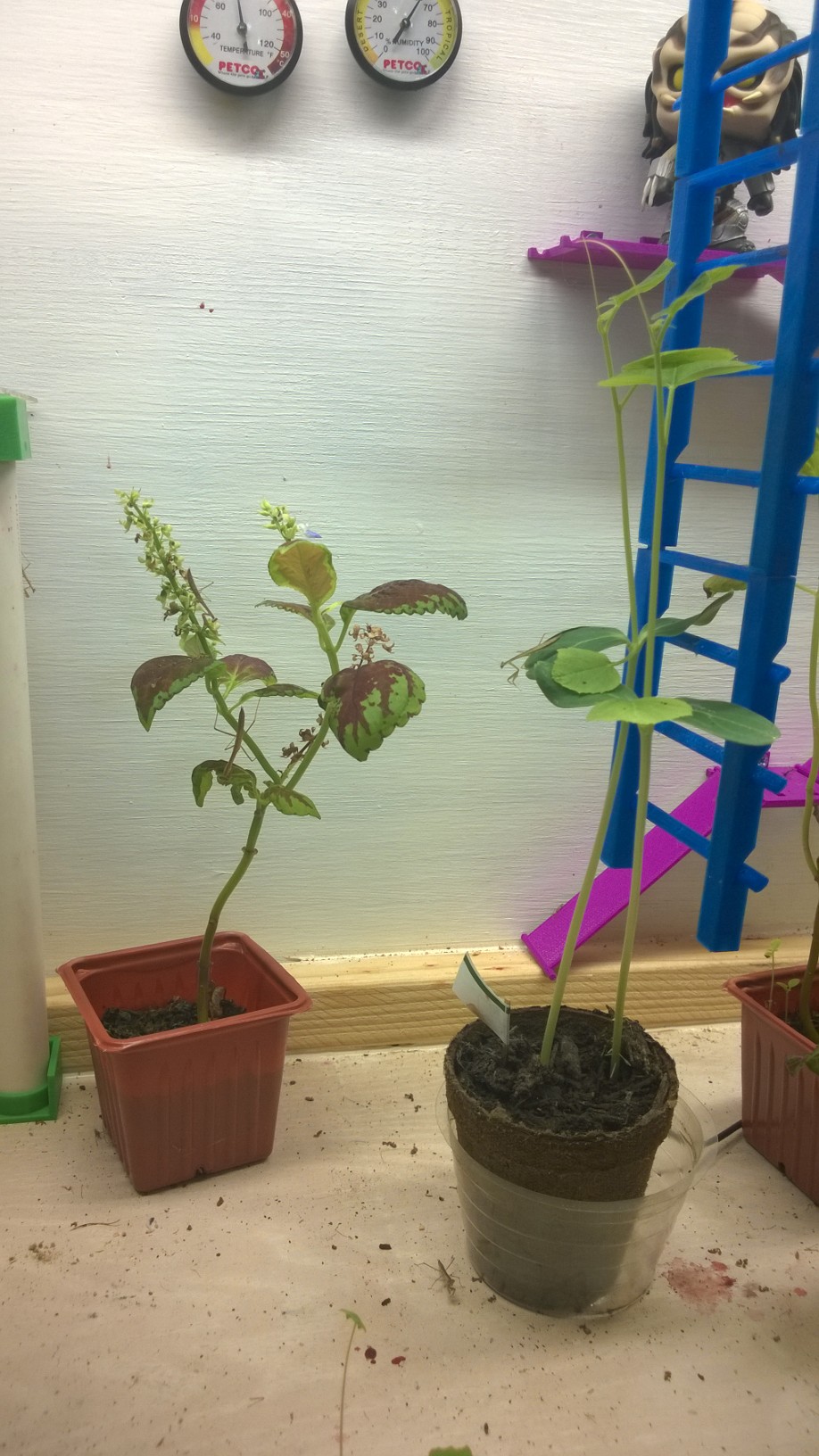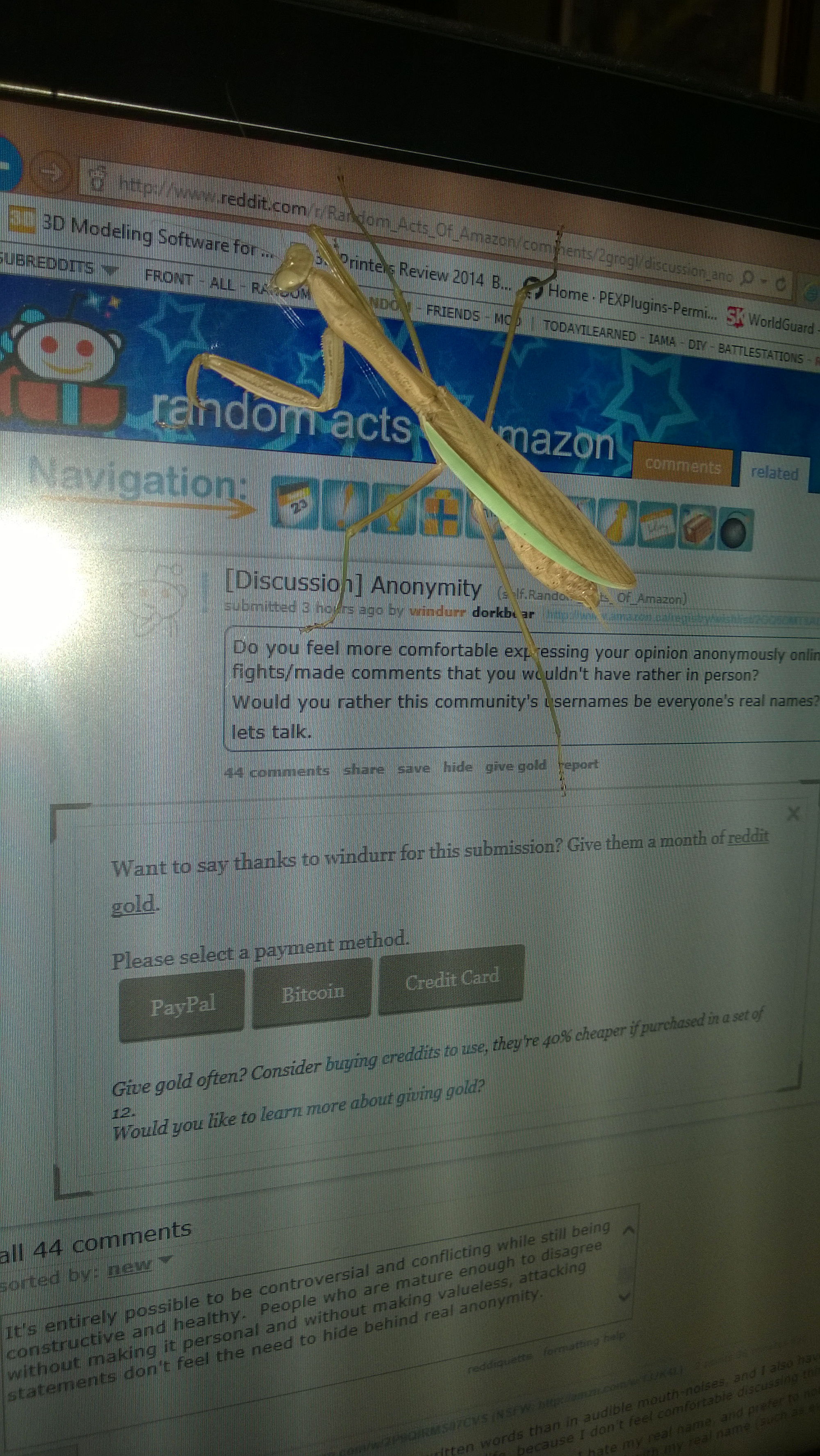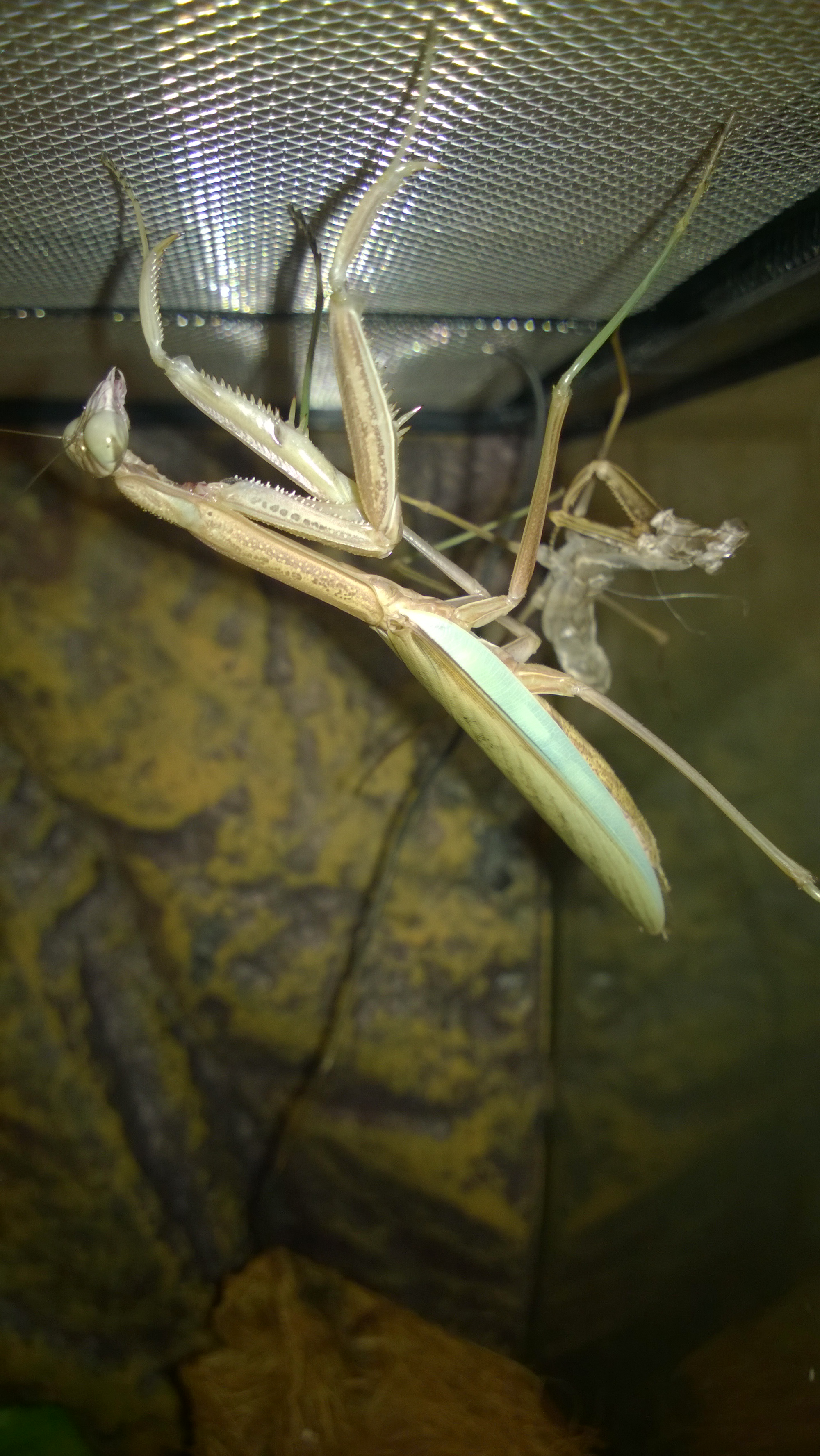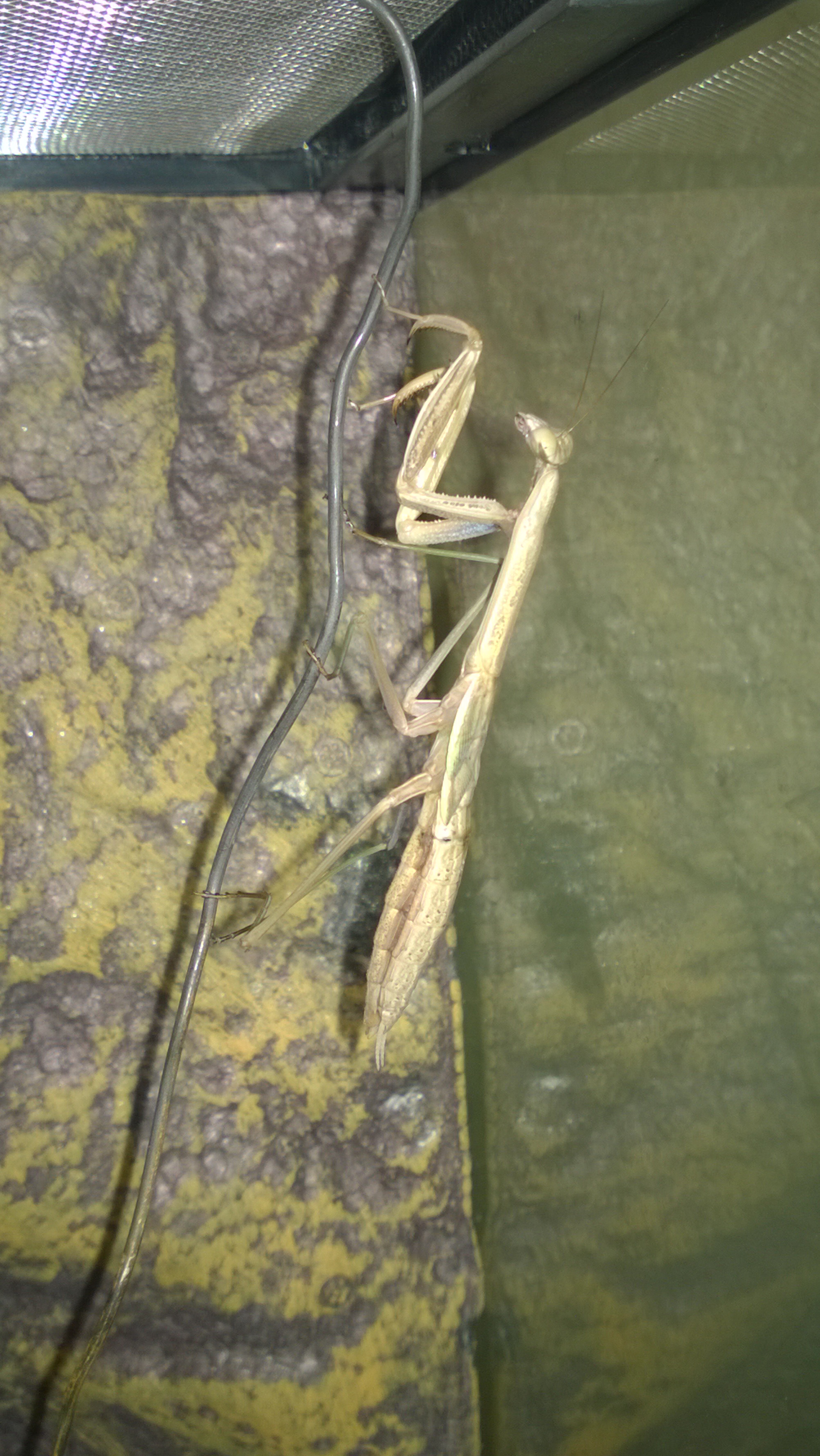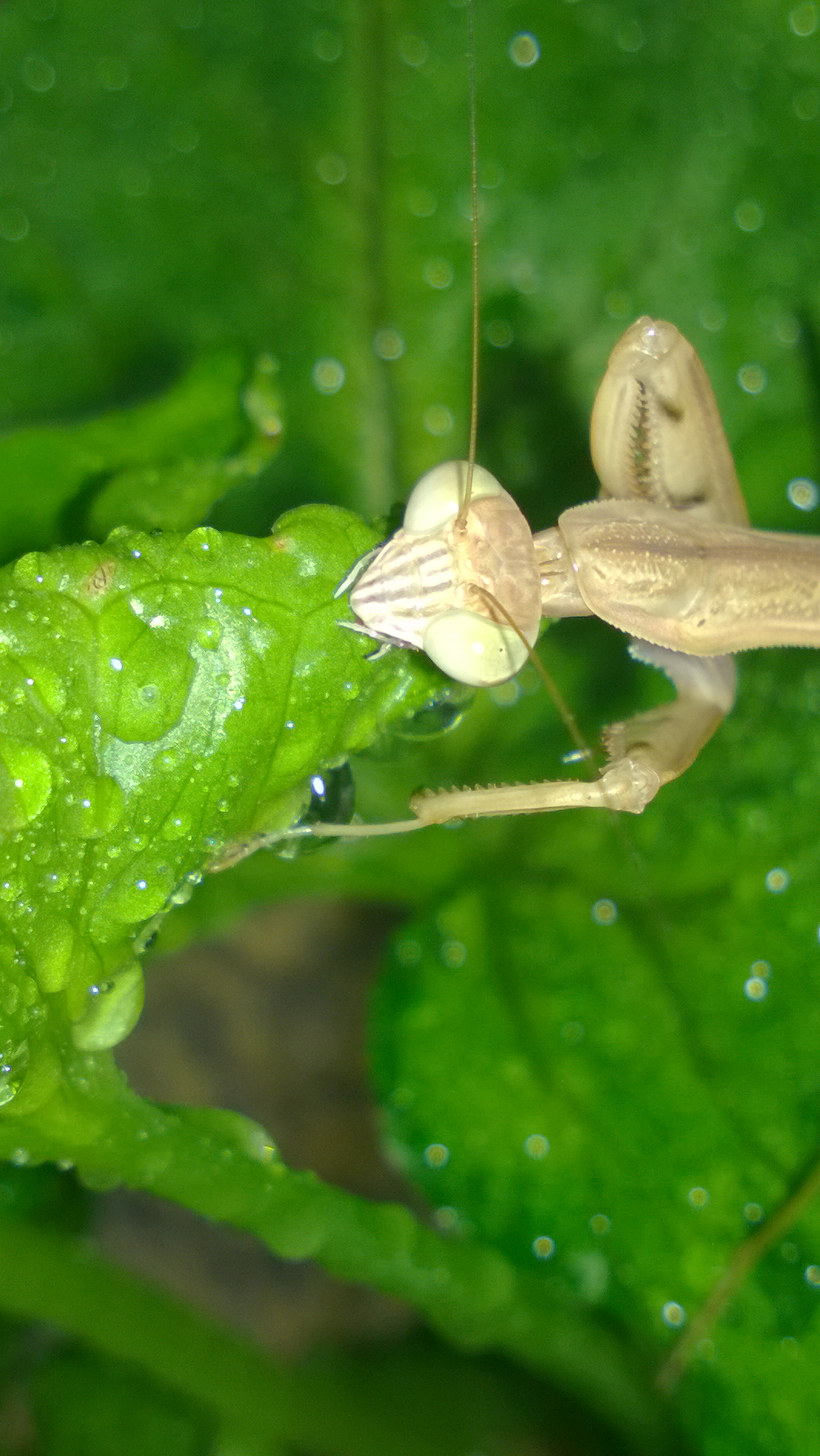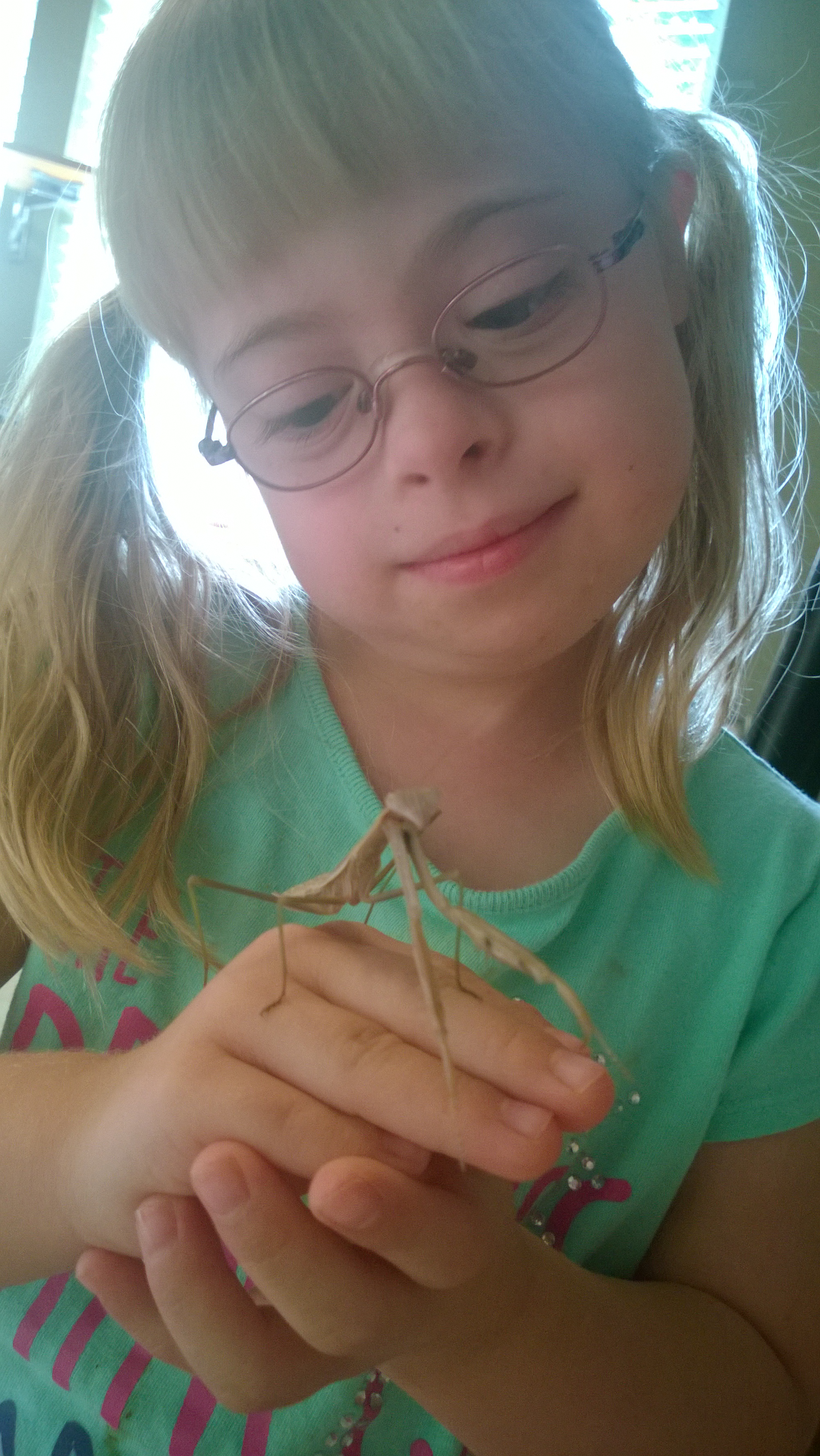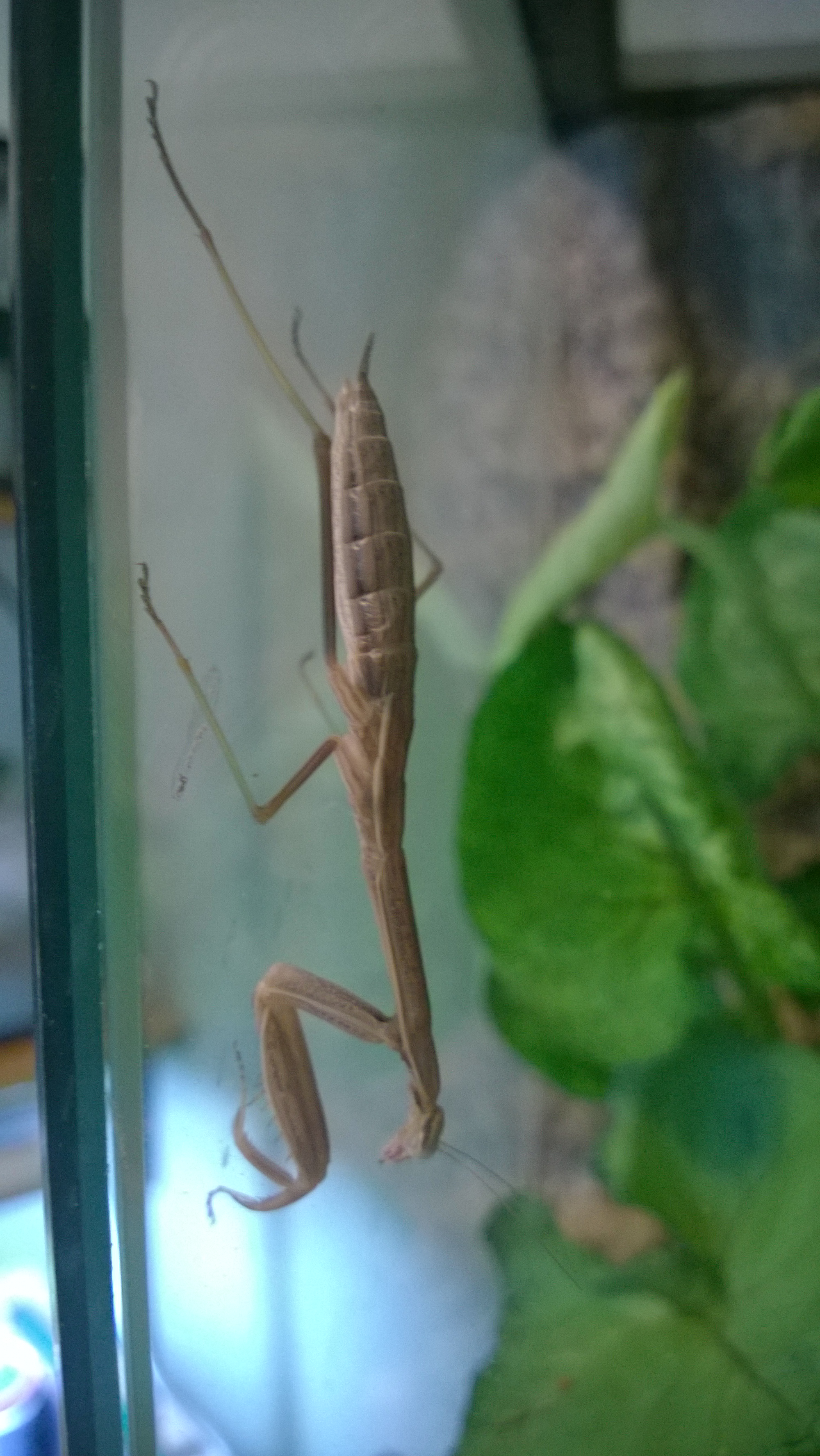Totally harmless, both the kid and the mantis.
We’ve been keeping and raising mantises for eight years now, including one full cycle of mating two mantises and hatching the next generation. They’re amazing creatures; fun to watch and great to have in your yard or garden. They’ll help prevent grasshoppers and other pests from eating your plants, and they’re completely harmless to humans. If there’s a credible story out there of a mantis harming a person, I’ve yet to see it.
I buy all my egg cases (ootheca) from Arbico Organics. I’ve tried other suppliers, and I’m sure there are other decent suppliers out there, but the oothecae I get from Arbico consistently hatch — I’d say one or two out of twenty have failed to hatch, which is an excellent rate among mantis cases.
Of course, if you want something other than T. sinensis, the Chinese mantis, you’ll need to look elsewhere, but I’m quite happy with my T.s friends and love the success rate of Arbico’s ootheca. Plus, Arbico has a ton of other Earth-friendly gardening and lawn products, so…
Hatching Baby Mantises
To make your hatching experience a little easier, I suggest spending a couple dollars more to buy oothecae with twigs attached. The oothecae need to be suspended and the twigs can make doing so easier.
Hello, world. Just…hanging around.
I recommend hatching your mantises outside, or in your garage — if this is your first time, there’s a good chance your enclosure won’t be as baby-proof as you think it is. The nymphs are pretty tiny, and I once discovered about three hundred of them spreading throughout my office despite thinking their enclosure was escape-proof. Also, the outdoor temperature will probably be more conducive to triggering the hatching process.
You don’t necessarily need an enclosure. Just hang the ootheca somewhere relatively protected from birds. Don’t tuck it into the crook of a tree trunk. Birds and reptiles will find it there. Other than that, it’s simple:
Suspend the ootheca.
Wait.
Baby mantises are tiny, but they’re born (almost) fully formed. They won’t have functional wings until their final molt, but otherwise, once they’re free of the egg case, they’re ready to hunt. (Still talking about T. sinensis here. Other species may emerge differently; I’m only an civilian entomologist.)
Feeding the Babies
Mantis nymphs struggle free from the ootheca, catch their breath for a moment, and start looking for a meal. In the absence of other food they WILL eat each other. But like Reddit trolls, mantids instinctively look for the weakest prey. (Unlike Reddit trolls, mantises are intelligent and fun to be around.)
If you hatched your babies in an enclosure, I recommend letting them disperse as soon as they’ve hatched. They’ll give each other space. If you live down here in the south, keep an eye out to make sure lizards don’t discover the mantis egress. I’ve seen small lizards set up shop outside an enclosure and feast on nymphs like they’ve found a herpetological Pez dispenser.
Keeping the babies for a while? You’re probably going to lose a few to cannibalism, but you can prevent some of that loss by providing easy meat. I suggest:
Meat.
Flightless fruit flies.
No kidding on the meat. Drag some twine through some raw hamburger and hang it from the inside of the enclosure. It’s going to look like a scene from Hellraiser, but the nymphs will pig out and gratefully call you Mama.
Flightless fruit flies are a great option, too. They’re tiny, harmless to the nymphs and…flightless! Many pet stores carry them for reptile parents; you’ll find them in little plastic tubes in the same area where the store keeps feeder crickets.
Do NOT put even the small crickets in with your baby mantises. Crickets have strong legs and can damage the young mantids. Wait until a few molts before moving to crickets. My rule of thumb is that I want the mantis to be twice the size of the cricket it’s going to catch.
Here are some pictures of mantises just a few hours old — except for the week old mantis who’s apparently telling the younger mantis a secret.
They Grow Up So Fast
One of the most frequent questions I’m asked is how long mantises live. The answer depends largely on where they live. It’s not uncommon for the mantises I keep in my office to live happily for eight or nine months. In the wild, their life span should be longer than half a year, but they’re vulnerable to many predators, including birds, bats, reptiles, and amphibians.
Starting to molt. Notice the translucent skin.
Mantises molt ten to fourteen times throughout their lives. The stages between molts (the instars) grow longer with each molt; the first four molts or so will happen very quickly. Typically the mantis will stop eating for a couple of days before molting. It’s important to keep the mantis’s enclosure moist enough for the mantis to find water before molting — it’s not all that rare for a mantis to have problems during molting, and I think lack of hydration contributes to this.
When the mantis is ready to molt, she’ll climb to a high twig or the top of the enclosure and hang upside down. Eventually she’ll start shrugging free of her old skin; it’ll split open and the mantis will begin climbing out. Apparently it’s an exhausting process — it looks like a struggle, and often the mantis stays very still for a while after completing the molt.
Two important things about molting: first, keep all food out of the enclosure during the molt. Bugs that the mantis normally eats can damage it when it’s vulnerable post-molt. Second, don’t try to help the mantis if it seems to be having trouble with the molt. I’ve yet to see an expert recommend assisting with the molt, and I’ve only once read of someone who effectively helped the mantis get free of the skin without damaging or killing the mantis.
Fun fact about molting: I’ve seen (and other mantid parents have reported) physical issues correcting themselves at the next molt. I’ve seen mantises with damaged legs apparently heal during a molt, and other owners I’ve talked with have said that damaged eyes were correct through the molt. Go figure.
Habitats
As the Boss says, “Everybody needs a place to rest / everybody wants to have a home.” I like to keep a few mantises at a time in my office, and they need a decent place to stay, of course.
Polly climbing a 14 gauge wire.
Here are a few things to keep in mind when designing a mantis habitat:
The habitat height should be at least three times the length of the mantid’s body. Assuming that your fully grown mantis will be up to four inches long, prepare a habitat that at least a foot tall.
Use coconut fiber substrate for the habitat floor. It soaks up odors — and mantises are messy eaters. You’d be amazed at how stinky cricket parts become over time.
Ideally, put a live plant in the habitat. Mantises like hiding in the leaves, and you can use a spray bottle to spritz the plant. This gives your mantis a water source.
A screen top is best. Not only does this allow for decent air circulation, it’s great for anchoring the feet when your mantis is ready to molt.
How many habitats do you need? How many mantises do you want to keep? If your vivarium is on the smaller side, don’t try to keep more than one mantis in it. Even if they’re well fed they’ll probably be unhappy in close quarters with each other, and one will likely end up on the dessert menu.
I have kept three fully-grown mantises in my Carnivoria habitat in the past. However, Carnivoria was 4’ x 4’ x 2’ and filled with carnivorous plants, so each mantis had plenty of room to hunt without running into each other constantly. (Fun fact: a mantis can somehow walk with impunity across sundews, while other insects get trapped.)
I’m a big fan of the Exo Terra habitats. They’re made primarily for reptiles, but work great for mantis homes, particularly the “tall” models. Just be sure to get the basic enclosure — you don’t need the kits that come with heat lamps, etc.
For something a bit more budget-friendly, get a 10 or 20 gallon aquarium. Buy a mesh cover to provide airflow while keeping your friend in the house. Some of the covers even have small, hinged doors, so you don’t have to take the entire cover off every time you want inside.
The slideshow below has some of my habitats, including Carnivoria. The mountain scene was actually built with model train parts, and while I thought it was pretty funny to see a giant mantis stepping on cows and bulldozers, two improvements were really needed: first, I needed to leave space for some live plants. Second, and very important, the next such project needs to NOT have gaps where the crickets can hide from the mantis…
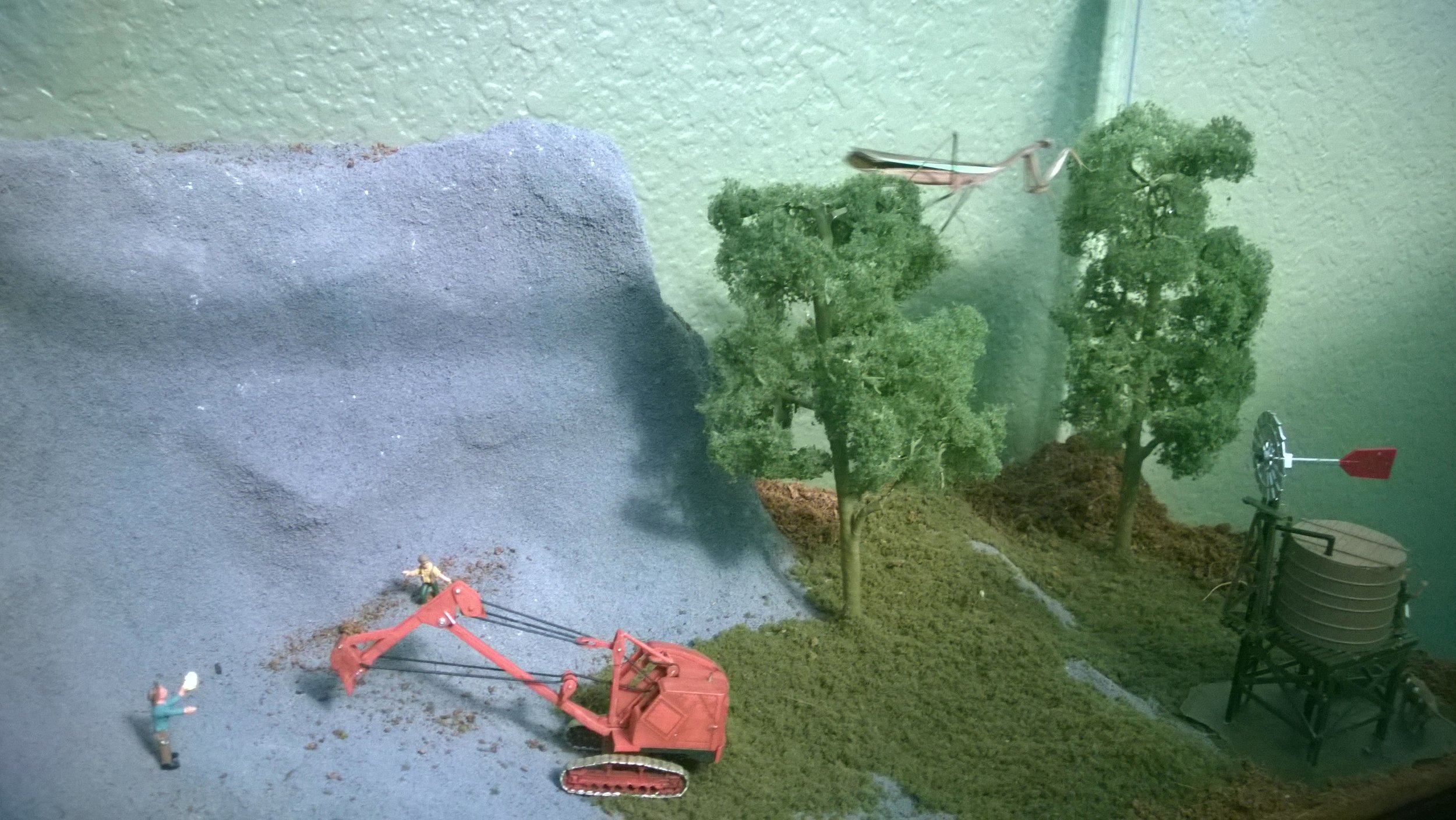
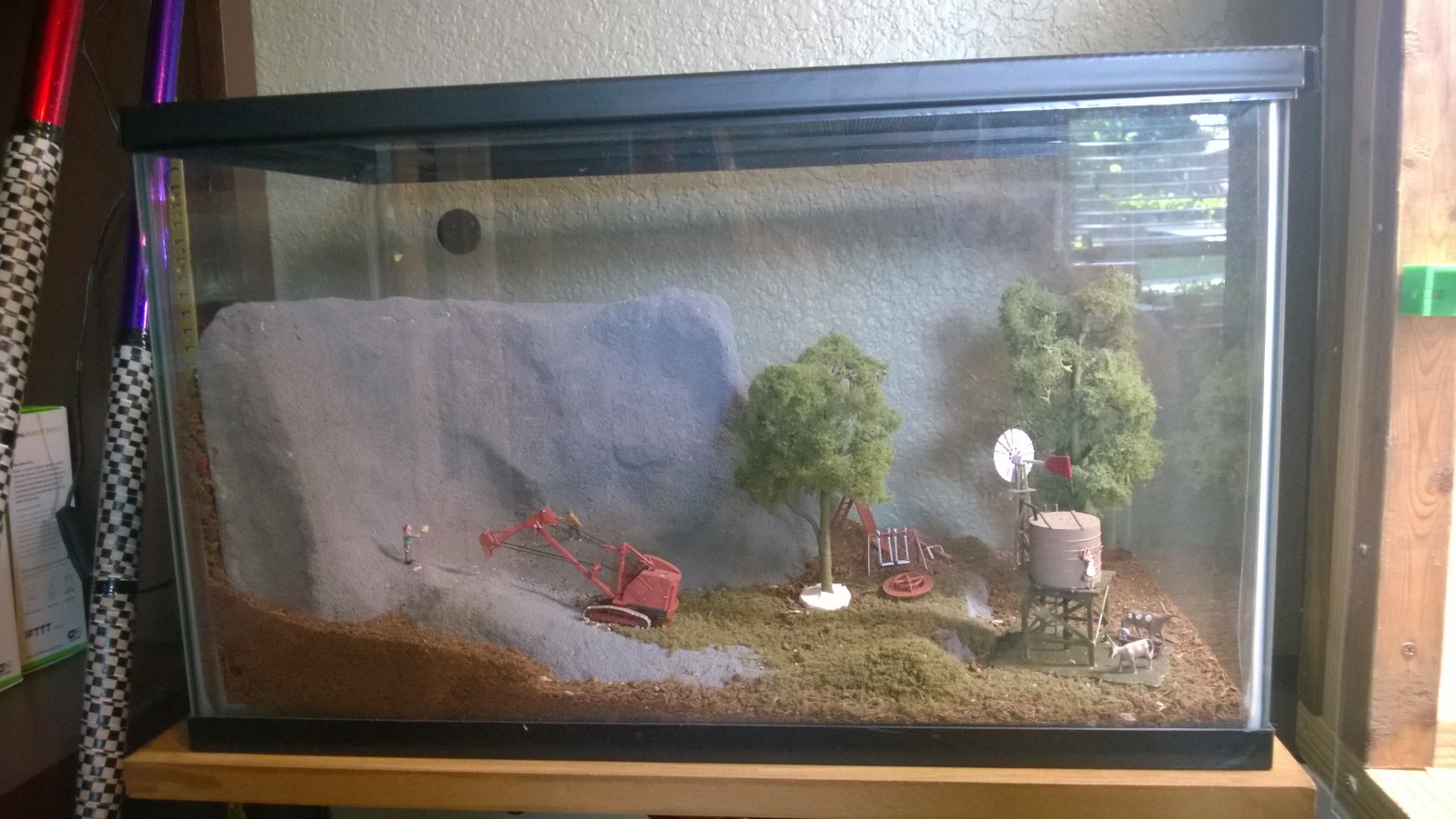
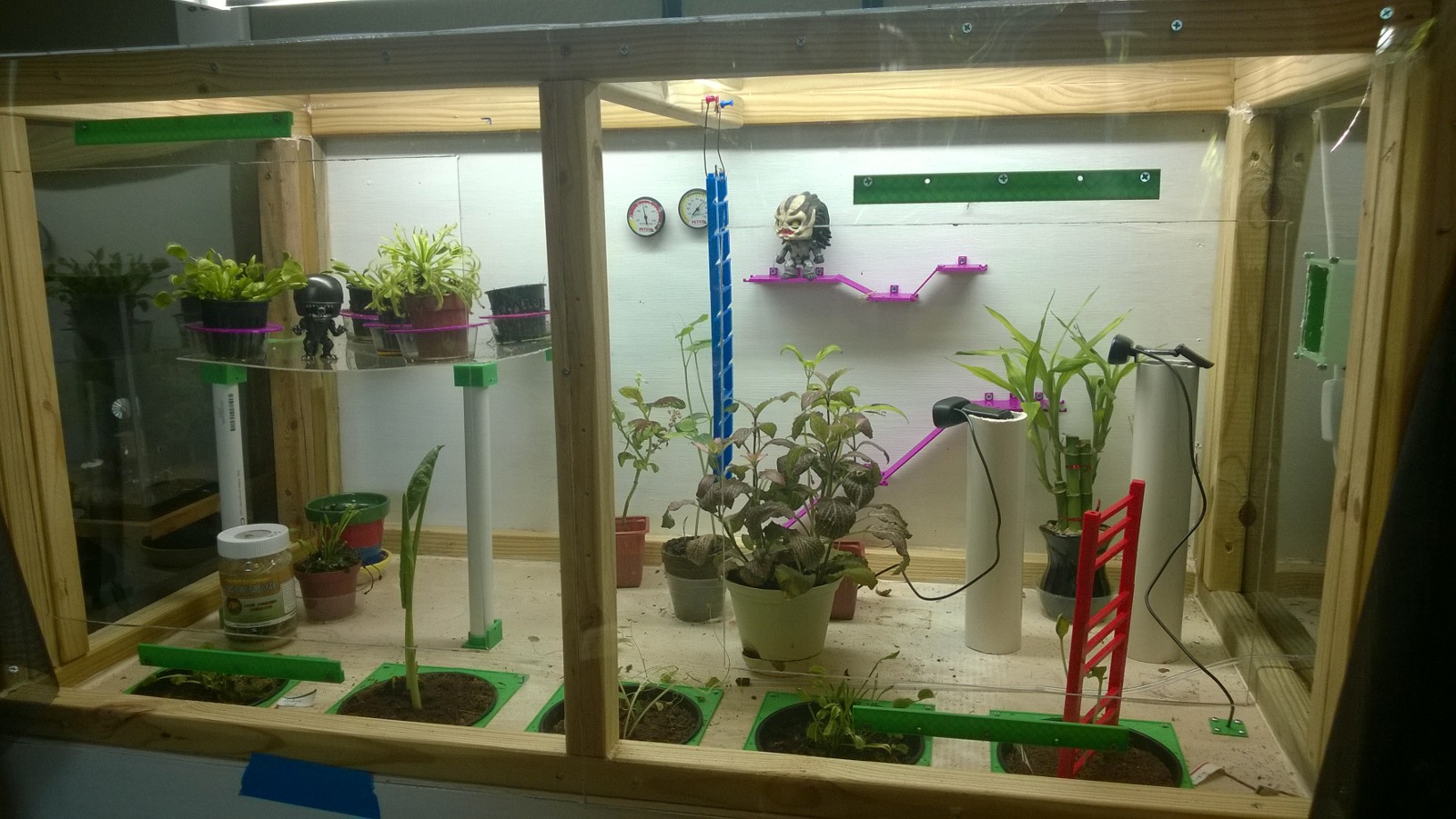
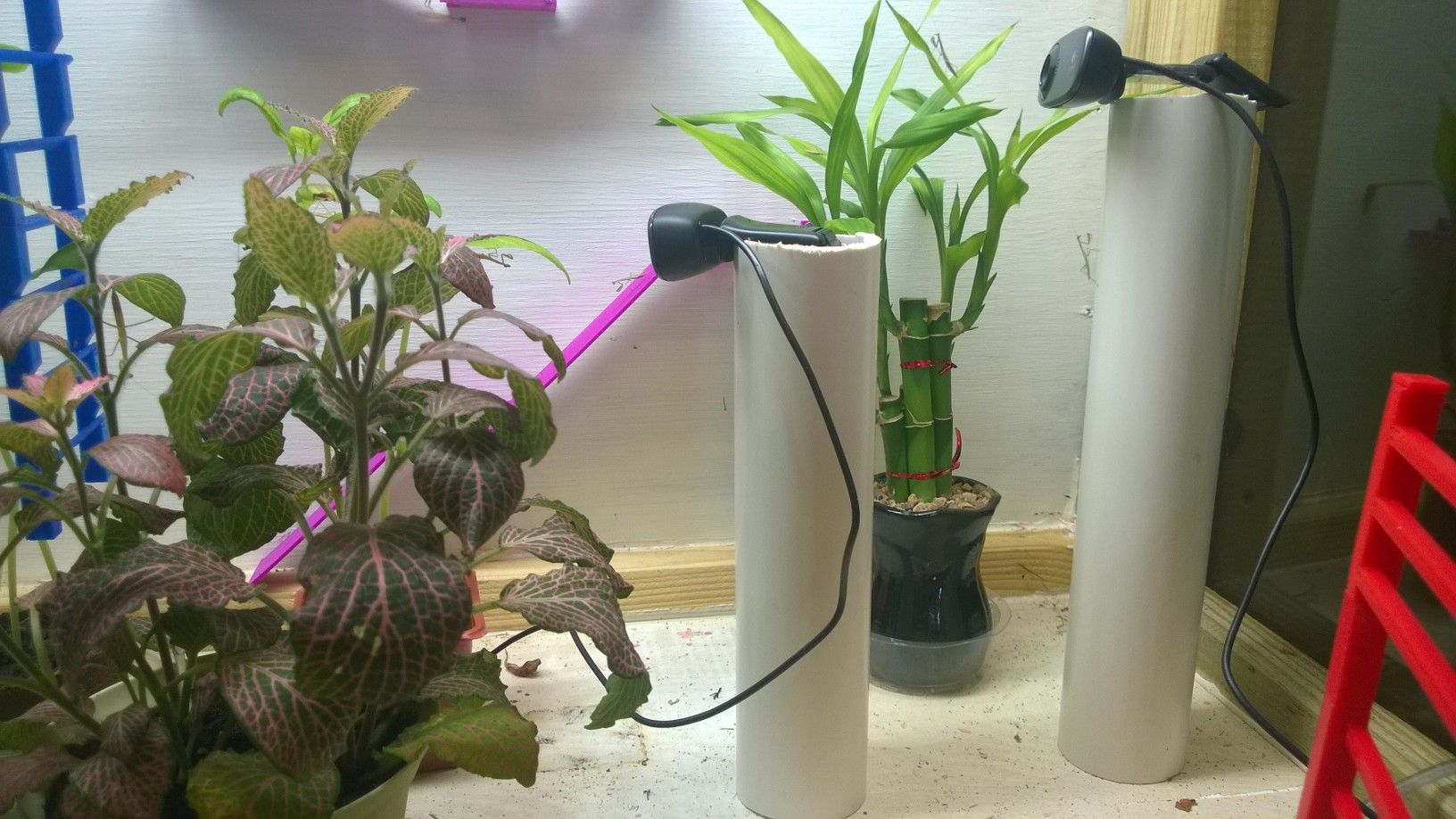
Personality
Yes, they’re insects, but mantises raised in captivity seem to grow with a lack of fear of people. In my experience, they also seem to become familiar and comfortable with their surroundings.
One of my longest-lived mantises, Polly, stayed in an Exo Terra habitat on my office desk. When I opened the habitat door she’d wander out, have a look around the habitat, and eventually climb onto my hand and up my arm. She usually stayed on my shoulder for a while, but eventually made her way over to the potted money tree by the window and watched out the window for a while. It’s possible this was coincidental behavior, but I saw it often enough to feel some of it was learned.
Mantises have a great instinct for “that looks like food” versus “that looks dangerous.” When they’re uncertain of their surroundings they tend to climb or fly to the highest point they can find. When they’re really startled, they’ll actually play dead. When that happens, just leave them alone, or if you can slide the mantis onto a piece of paper, put him or her gently back in the vivarium and back off for a bit.
More to Come…
A few videos from the v1 of this site are below; keep an eye out on this page for updates and additional pictures.
